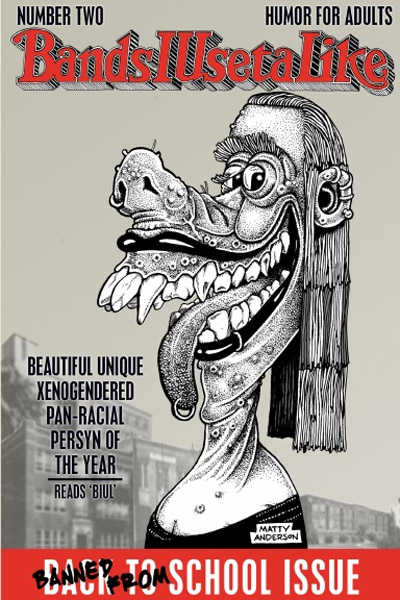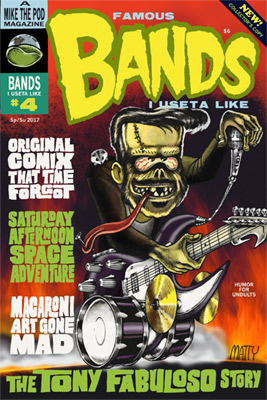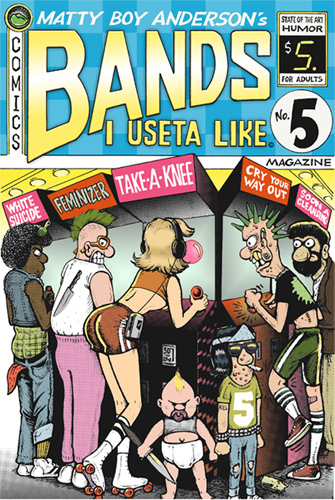No reboot of Mortal Kombat has come close to the cultural coup-de-grace of the original series from the 1990s. It doesn’t matter how many new “Fatalities” there are, or how much blood, or how realistic the fighters look. There’s still a crucial ingredient missing.
The techno.
See, in 1992, it wasn’t the game mechanics that drew us into Mortal Kombat. There was Street Fighter 2 for that. MK had a visual look that was irresistible, to go with its unique “Fatalities”. It was almost more interesting to watch than it was to play.
I couldn’t wrap my head around the controls (mostly buttons, not mapped intuitively to on-screen moves at all), so I was never any good at Mortal Kombat. I don’t like video games that rely on rote memorization of combos rather than skill. I hadn’t discovered pot or figured out caffeine in the early ’90s, so trying to complete with teen gamers at the Savannah Mall Arcade was a guaranteed aneurysm. Years later, I worked out that the little bastards had been ripping the protective shrink wrap off the glossy game magazines at Media Play, and gleaning the secrets of Mortal Kombat for free.
I’ve even purchased home versions of MK; from the old Sega Genesis cartridge with the blood, to the Sega CD, to the Xbox version with the “Koffins” that I savaged in a review on my old website. Every one was a disappointment. The game has always been all sizzle and no steak. The characters are wonderful, but also sort of lame, which truthfully works to the franchise’s advantage. Mortal Kombat became its own conceptual universe, ironically more enduring than the Cannon films that inspired it.
Speaking of which, there are two movies. One of them is watchable.

The first one, even though it’s directed by Paul W.S. Anderson. A broken clock is right twice a day.
That’s a tale better told elsewhere. The movies illustrate my point, however, as they seem more or less like their eponymous franchise, based on the inclusion (or lack) of one song.
It’s imaginatively titled “Techno Syndrome (Mortal Kombat)”, and it’s from Lords of Acid, under the name The Immortals.
Prepare yourself.
Is that not simultaneously lame and awesome, as were the 1990s? Listen to the very beginning. You’re thinking, “oh god, this is so much lamer than I remember.” Then comes the scream.
MORTAL KOMBAT
Suddenly you’re hearing the most spectacular music you’ve ever heard. Reflexively you begin to punch and kick. All around you regular people begin to leap and cartwheel while chucking wads of fire. A ninja pulls you in close with a grappling hook. Another turns a four-armed monster into ice, and smashes it. There is a lightning god in a coolie hat. NINETIES EXTREME!!!
Part of the selling point of the Sega CD release of Mortal Kombat was the ability to unlock the theme song. You could play it on a regular CD player, but the compression made it sound gutted. Pretty much every other Sega CD had this ability, even though it was often audio you didn’t want to listen to. I think Mansion of Hidden Souls had a woman dictating in Japanese. Playing Sega CDs in your car was usually good for a laugh.
Mansion of Hidden Souls was very similar to the mansion in the first Resident Evil, with terrific music and a creepy atmosphere. The point of a Sega CD wasn’t just the complexity of the games (still 16-bit), it was the deep, immersive “Q-Sound”. This was their proprietary audio compression, and it made mediocre science games like Ecco the Dolphin well worth the time and money. Even coming out of a TV’s speakers, they sounded incredible. High-quality audio continued to be a call-out on game packages through the Saturn and (first) PlayStation eras.
This made it easier to talk your dad into buying one for you. You could at least impress him with the sound design.
…Not so much with Mortal Kombat. That thumping theme song was father-repellent, the screaming just gives him a headache, and which of these buttons does what again? Which one’s my guy? I lost already? I just picked a character! The karate guy, what’s-his-name!
Seriously, the mechanics of the original games were Pong-like in their simplicity. It was the rotoscoped window-dressing that made it so intriguing. These were some of the most realistic sprites we’d seen at the time, if not the most. Even if the motions were over the top, it only added to the Big Trouble In Little China atmosphere. It was kind of like fighting with toy action figures, until Primal Rage came along and nailed that sensation like no other before or since.
The art and design in that game’s attract mode are like classic Dinosaurs Attack! trading cards come to life. There were actual toys, and tie-in comics, but the fighting game that I really wish had gotten the merchandising treatment was Killer Instinct, also from 1994.
Killer Instinct came from Rare, the legendary creators of GoldenEye 007, Battletoads, and most importantly, R.C. Pro-Am. (Also known as the Greatest Video Game of All Time.)
Let’s just say that the first half of the 1990s had a lot of joy to offer, as far as video games were concerned. They had the ’80s to live up to, after all. Plus “superstar creators” like John Romero hadn’t screwed the pooch yet, and there were many computer games that offered unique, distinctive experiences. Genre-crossing was prized over categorization. Remember Doug TenNapel’s Earthworm Jim? You should; it had a cartoon series and a line of action figures. From Playmates, the people who made the Teenage Mutant Ninja Turtles toys. I’m a sucker for wacky ’90s action figures, especially if they come with a clear bubble helmet.

[clockwise] Psy-Crow, Earthworm Jim, Major Mucus. Brilliant concept, horrifically frustrating game. The second one was better.
Same ’90s balance: kind of awesome, but kind of laughable. The yin-yang of rave, and the missing ingredient in modern-day MK.


















You must be logged in to post a comment.